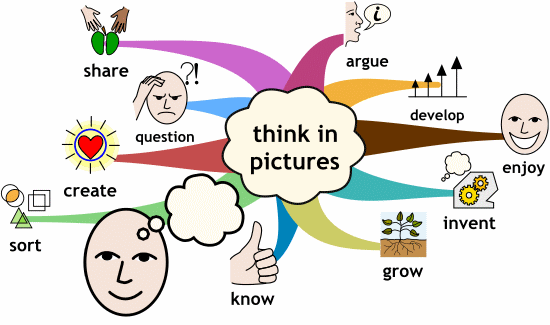
What is Active Learning?

Active learning is an educational approach that goes beyond passive listening and encourages students to engage actively with the learning material. In active learning, students are participants in the learning process rather than just recipients of information.
This approach emphasizes critical thinking, problem-solving, and application of knowledge.

Key characteristics of active learning include:
- Student Engagement: Active learning involves students in activities that require them to think, discuss, analyze, and synthesize information.
- Interaction: Students interact with the material, their peers, and the instructor through discussions, debates, group projects, and hands-on activities.
- Critical Thinking: Active learning prompts students to think deeply about concepts, question assumptions, and evaluate different perspectives.
- Problem-Solving: Students are presented with real-world scenarios or problems that require them to apply what they’ve learned to find solutions.
- Collaboration: Group activities and discussions encourage collaboration, communication, and learning from peers.
- Reflection: Active learning often includes reflection on what was learned, how it was learned, and how it can be applied.
- Diverse Learning Methods: It encompasses a range of methods, such as case studies, debates, role-playing, simulations, peer teaching, and more.
- Instructor Facilitation: Instructors act as facilitators, guiding discussions and activities rather than simply delivering lectures.
Active learning aims to enhance understanding, retention, and the ability to apply knowledge. It acknowledges that every learner is unique, and providing opportunities for active engagement can improve comprehension, critical thinking skills, and long-term retention of information.